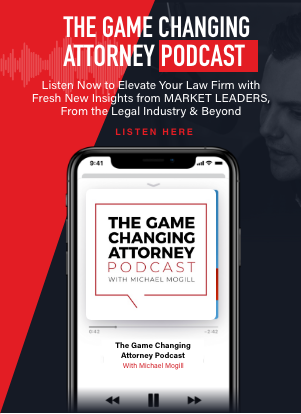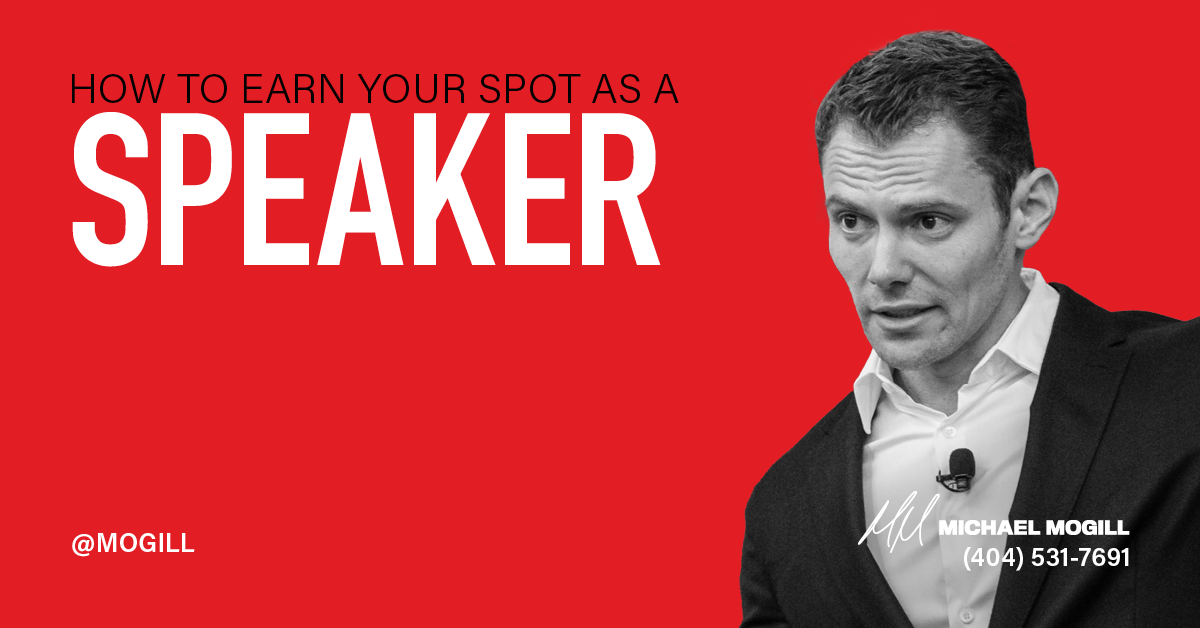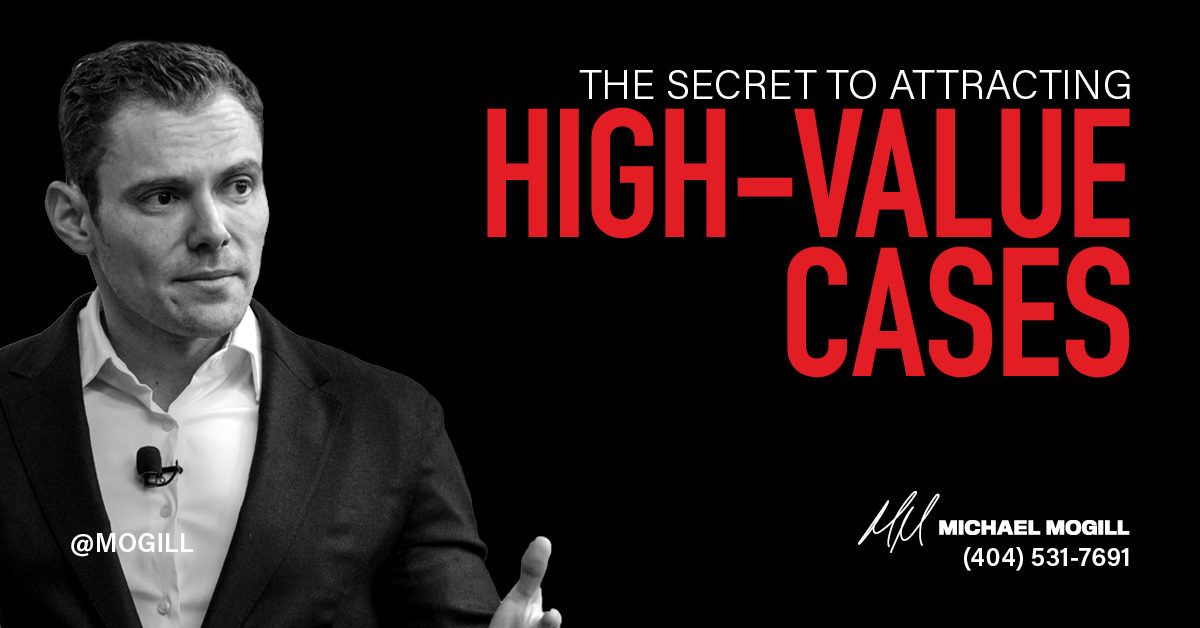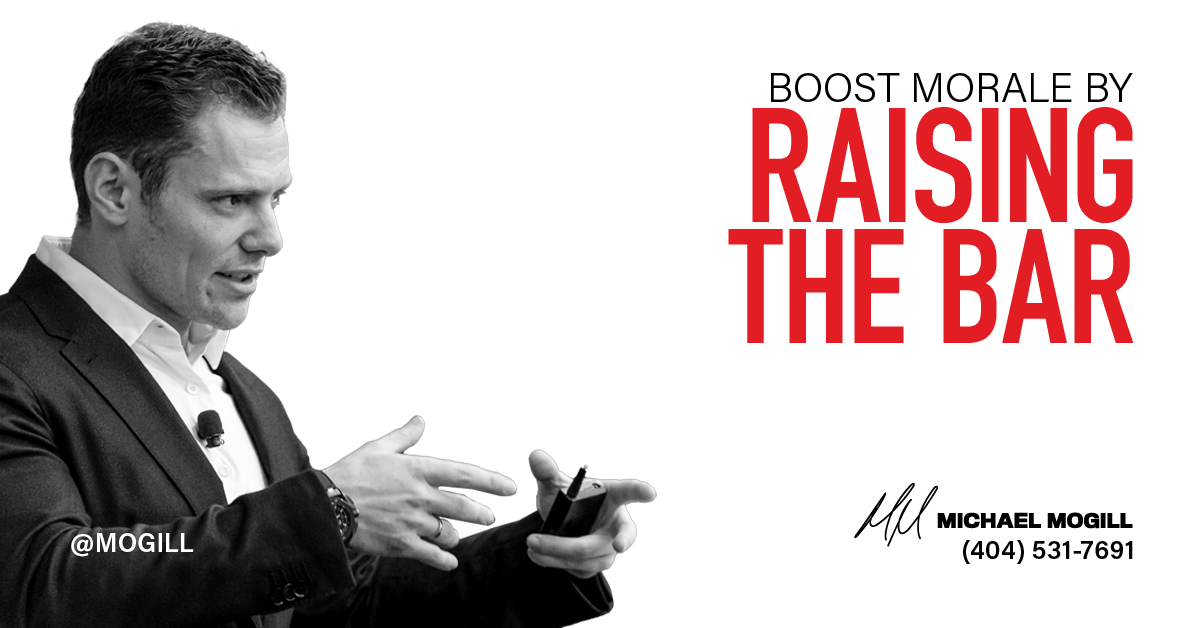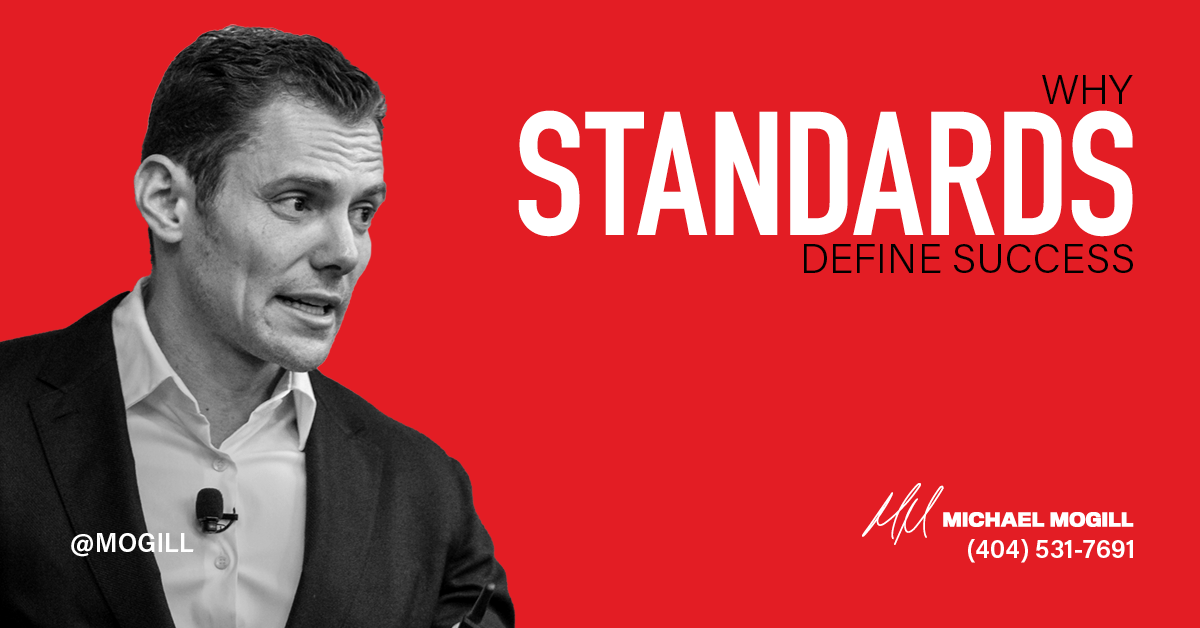The mantra that our marketing team lives by is simple: Assume no one heard your message.
We are relentless marketers because our audience is being bombarded every day by hundreds, if not thousands, of marketing messages. To assume somebody read our email or saw our social post would be overestimating the impact we’re making on the people we’re targeting with our content.
By assuming that no one heard our message, it forces us to repeat that message on multiple platforms and attack relentlessly. We’re trying to find the effective frequency with our audience, or the number of times someone must be exposed to our message before taking action.
We saw this recently with the Crisp Game Changers Summit, our law firm growth conference. The big barrier we had to overcome was educating people about the conference: who it’s for, what it’s about, who the speakers are, etc. If we had sent one email to our list and called it a day, we never would’ve sold out the event. Why? Because our analytics showed that it took between seven and twelve touch points for someone to purchase a ticket.
Another example is our client Ambassador Program, where clients receive rewards for referring our services. Internally, we know about every facet of this program and care about it deeply. The mistake would be assuming that all our clients—even the ones who love us the most—know about the program or care about it as much as we do. Many of our clients are entrepreneurs running their own business, so they’ve got a million other worries. Knowing that, it’s our job to continually be educating and engaging with our clients about the Ambassador Program.
So, You’re Saying I Should Spam People?
When I talk about being a relentless marketer, I get this question a lot. So, allow me to clarify:
If your content is crap, or you’re promoting a crappy product or service, yes, that’s spam.
Marketing that promotes a worthwhile offering and provides value to the recipient is not spam.
This question also speaks to a misguided mindset of protecting the sanctity of your recipient’s inbox. It’s this idea that if you don’t send them an email that day, it will keep their inbox safe and secure, and no one else will send them an email. This belief, obviously, is unrealistic.
Just because your organization decided not to send emails that day doesn’t mean that every other company did the same. Either way, their inbox is getting slammed. The only thing that happens when you try to protect someone’s inbox is that they miss your messaging.
Let the person you’re marketing to tell you when they’ve had enough. Don’t make that call for them. You won’t know you’ve gone too far until they unsubscribe. What they won’t tell you is, “I don’t hear from you enough.” So, the safer assumption is that they don’t know you exist.
Even if they know you exist, are they thinking about you? In my experience, marketers vastly underestimate the marketing needed to achieve a level of awareness that leads to action.
To sell out a 1,000-person conference, we sent thousands of messages to our audience. Not dozens, not hundreds—thousands. That’s not being spammy. That’s being relentless.
Look for Ways to Repackage Your Message
We’re all about multi-purpose marketing and repackaging our content for different platforms. To achieve the level of saturation described above, that kind of mindset is essential.
We turn blog posts into infographic videos. We’ll transcribe a webinar and turn it into a killer blog post. We’ll film a podcast and turn it into bite-sized chunks for posting on social media. Of course, all this content then gets curated and shared with our email list.
For this mindset to work, we have to be intentional in our marketing efforts. As an example, for the Game Changers Summit, we created videos highlighting all the speakers to educate people on the event as a whole, then we did individual videos with each speaker to hook people that way.
Marketers must keep in mind that different content pieces are more effective in tandem than they are individually. We were spending a lot of money advertising the conference on Facebook, but weren’t seeing a lot of ticket sales directly from those ads. Yet when we sent out an email, ticket sales would spike. Many of those people likely saw our ad on Facebook, then when they saw the email, it was that particular touchpoint that pushed them to finally buy a ticket.
Content can serve many different purposes: education, awareness, engagement.
It’s all driving toward a common goal of getting the audience to take your desired action, but each type of content moves people toward that goal in different ways. Individually, each type of content isn’t super effective. But when taken cumulatively, the effect is multiplied and very powerful.
To achieve this cumulative effect, take whatever you think is enough and multiply it by 10.
With marketing, I believe you can never do too much, but you can absolutely do too little. If you do too much, the worst thing that can happen is you shoot way past your target.
That would be a nice problem to have, wouldn’t it?
The Value of Being a Relentless Marketer
We are relentless marketers because we want Crisp to be the most well-known company of its kind amongst our audience. When that happens, all our other marketing will become far more effective because we’ve overcome the knowledge gap. We’re no longer fighting to educate people on who we are or what we do. Instead, we’re focused on converting warm leads.
Every industry has best kept secrets, those established companies that offer a remarkable product but haven’t achieved widespread awareness yet. Some companies revel in flying below the radar, but I see it as almost tragic that industry-leading offerings are languishing in obscurity because—at least for some companies—they’re failing to be relentless in their marketing.
At Crisp, I believe we offer a world-class product, but that’s just the foundation of a successful business. We wouldn’t be where we are today if our marketing efforts were reserved. We had to be relentless to get our name and offering out there.
If we had failed along the way, it would’ve been because we didn’t do enough to get our ideal client’s attention. In my experience, that’s the primary reason businesses close and goals aren’t met. Most organizations don’t do enough with marketing, usually because they’re worried about inconveniencing people with their messaging.
Don’t make that call for your audience. Whatever you think is appropriate, multiply it by at least 10. It’s a good problem to have if you have to “turn off the firehose” in the future: it means your efforts succeeded.

